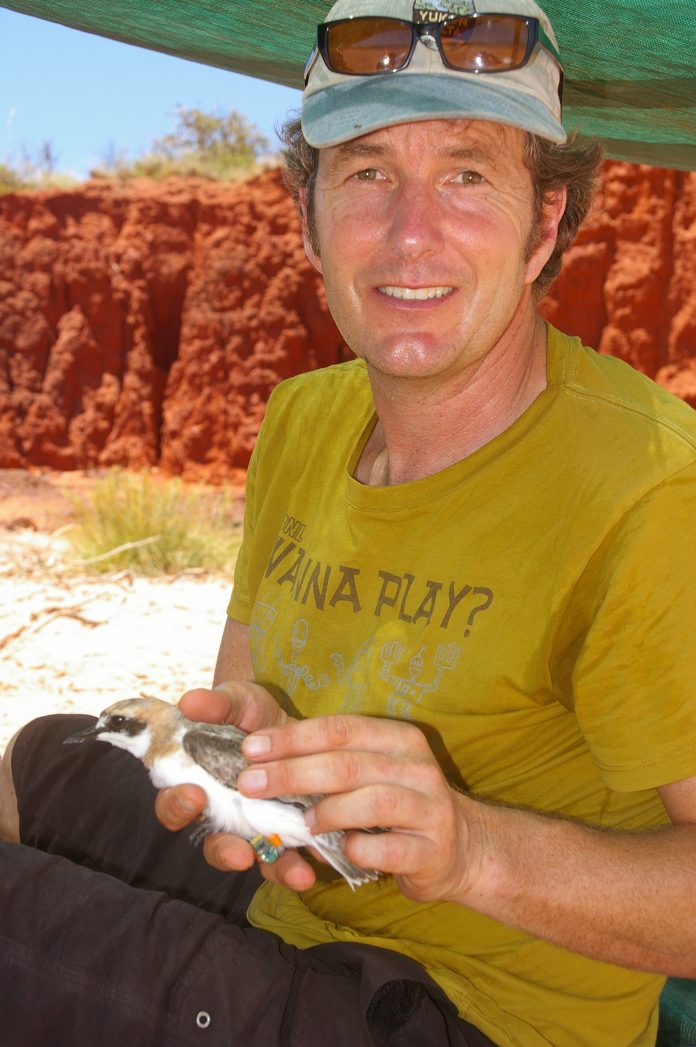By NOEL MURPHY
GEELONG’S migratory birds face a devastating future if feeding sites on their Pacific Rim route are not better safeguarded, according to a Deakin University wildlife expert.
Professor Marcel Klaassen, head of Deakin’s Centre for Integrative Ecology, said curlew sandpipers in particular faced decimation unless food security along the polluted Yellow Sea coast of China was improved.
The birds travel thousands of kilometres from as far as Siberia and Arctic Alaska to wetlands in and around Geelong, he said.
Melbourne Water’s sewerage farm at nearby Werribee and wetlands at Moolap to Geelong’s east were crucial to migrating species as they arrived exhausted and physically depleted from their annual sojourns, Prof Klaassen said.
“The rate of decline among some of these bird species is such a dramatic drop in numbers as to be truly depressing,’’ he said.
“The rate of decline in numbers of one of these, the curlew sandpiper, is a staggering 10 per cent per year which means they face extinction within a decade.”
Prof Klaassen described the migration of millions of shorebirds to Australia as “one of the world’s greatest wonders”.
So momentous were their epic voyages that birds lost two-thirds of their total body weight and their feathers were worn down to quill.
“Some fly as many as 10,000km non-stop in an incredible feat of endurance and some wing vast distances over a lifetime equivalent to flying to the moon,’’ he said.
“The Victorian Waders study group has been studying birds at Melbourne Water for years and the one going down very rapidly is the curlew sandpiper, despite all the efforts of Melbourne Water.
“The saltworks are also a very important site and management of that site is another issue, a bit of a worry, there are worries on the horizon. It’s not looking too good for the birds there but we can do things better in the area.
“But Werribee offers a kind of hope to the world that we can manage our wetlands to make them really nice for these long distance migratory birds so that when they arrive they find a paradise.
“We should get rid of idea that the best thing we can do is just get rid of ourselves. We can live in harmony with them and we have to consider these animals.”







